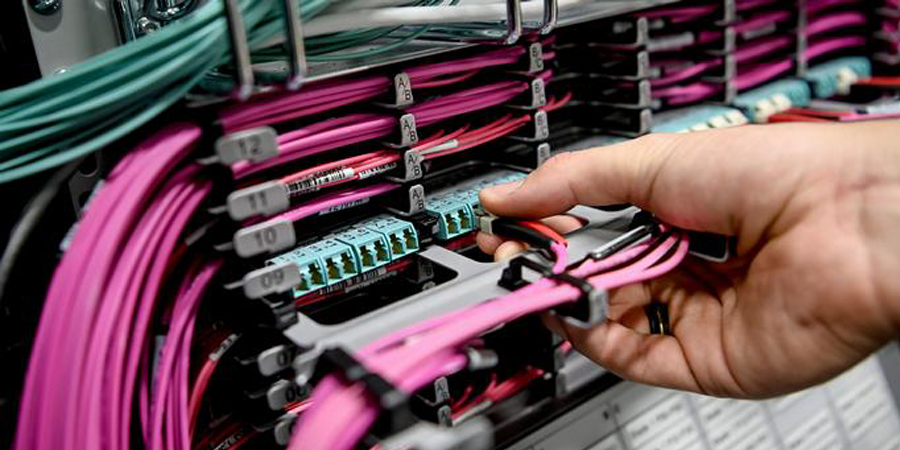Online gaming is a technology-based entertainment that has gained popularity over the years and has witnessed a vast increase in users since the recent pandemic began. This new trend requires a huge demand for high-speed internet connections, which has led to an increase in demand for fiber optic cables and other equipment that are used for telecommunication purposes also. However, the process of installing fiber optic cables can be time-consuming and expensive.
Features
The Ever-Evolving Mobile Phone: From a Dial-Up Connection to 5G
Three decades ago, the mobile phone landscape looked drastically different than it does today. The mobile phone market has evolved since 1993 and the competition has been fierce as companies created amazing products to stay ahead of the pack. Back then, Motorola was one of the first companies to begin selling mobile phones with a market share up to 57.9%, according to Gartner, IDC, financial filings research. They were known for producing affordable phones which were easy to use, making them popular with consumers who were just getting started with mobile technology. In addition, Nokia was another popular brand — and the only serious competitor for Motorola with a 41.8% market share — that produced many different types of phones over time including flip phones and smartphones.
Cybercrime: Africa should up its game
Cybercrime was not widely tackled in Africa up until recently, when the deployment of digital technologies in Africa has grown dramatically over the past two decades. The internet penetration rate, which was less than 1% of the population in the 2000s according to the World Bank, has now reached 43.2% (Internet World Stats, 2021), including 25% of users connected every day.
Tweak and tweet: Twitter's bound to change
The blue bird has been set free. The month of April had a lot of twists and turns for the one-to-many messaging platform before finally falling into the hands of Elon Musk. "Twitter has extraordinary potential. I will unlock it," said the biggest billionaire at present.
Telecom and E-Business Systems: Unlimited Growth
The telecom industry is the backbone of modern communications. It provides the infrastructure for voice, video, and data transmission, which are essential to a thriving economy. Businesses that depend on these services need all the help they can get in order to stay competitive, and those that want to stay competitive will need to adapt as well. One way to do this is through new technology that makes it easier for customers to interact with your business and vice versa.
Submarine cables in Africa: for a better connectivity
The rise in global internet usage during the Covid-19 pandemic emphasized the need for widespread, reliable connectivity and infrastructure. As of late 2021, there were approximately 436 submarine cables in service around the world. Among the most important components of great connectivity are submarine fiber optic cables or subsea cables, which unfortunately relatively remain in the dark, such as Africa-1 and APCN.
Data Centers: Power Hungry but Efficient
Data centers that support businesses, internet services, and our social media lives consume a lot of energy. The latest statistics show that data centers now consume more electricity than rural homes.
Connecting the real and virtual worlds via AR
Augmented reality (AR) is becoming more and more prevalent among companies that serve the mobile and business markets. The primary aim of augmented reality is to bring to light specific features of the physical world, to increase understanding of these features, and to generate smart and accessible insights that are applicable in the real world.
Building a Sustainable Digital Society
The world is going digital, and Africa is no exception. Digital and new technologies are profoundly changing societies, daily lives, and ways of working. With fast-growing economies and an ever-expanding network of connectivity, the African continent has embraced the digital revolution in many ways. The developments of digitalization are the greatest technical challenges of our time; however, we must keep sustainability at their core. New technologies such as artificial intelligence (AI) can contribute to making our lives more sustainable. For example: enabling us to use smart devices such as phones and tablets through voice commands or touch screens instead of keyboards. A question arises: Do digitalization and sustainability complement each other? Is technical progress the only answer to a future-friendly development of our digital society?
The road to nanotechnology
Innovating in science creates value by developing new products and services, solving social problems, creating new enterprises, and generating employment opportunities. Nanotechnology is one example. This technology deals with the study of ultra-small objects and is applicable to all scientific fields, such as chemistry, biology, physics, materials science, engineering.














